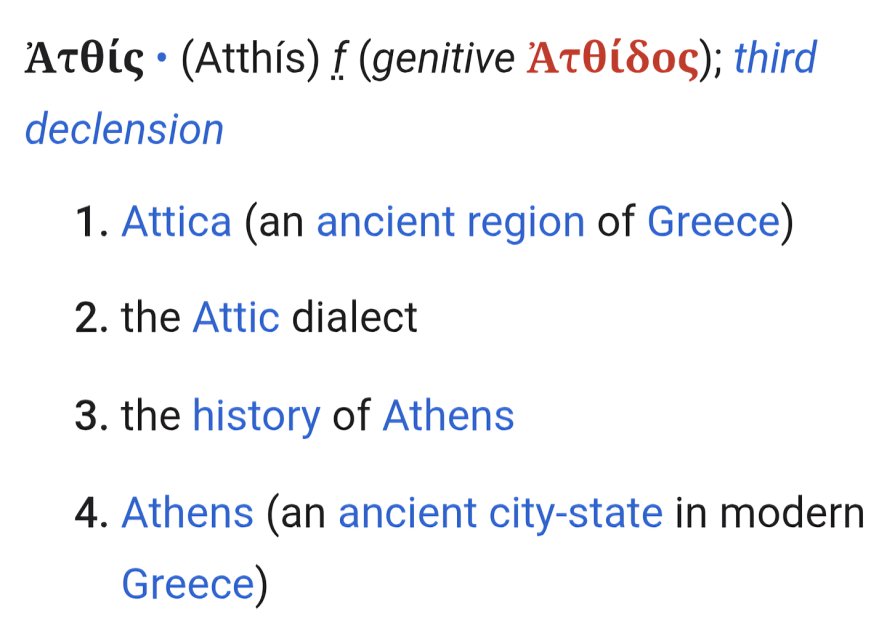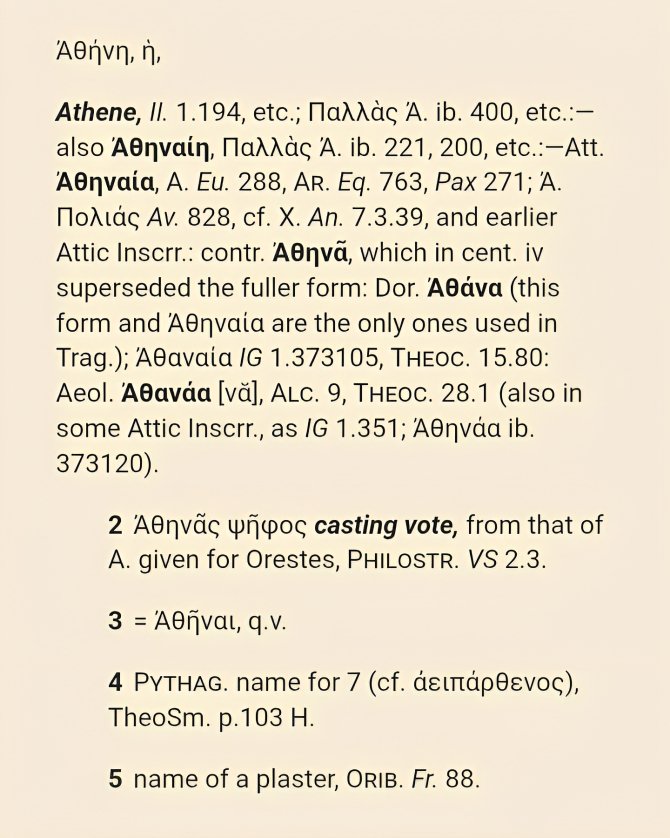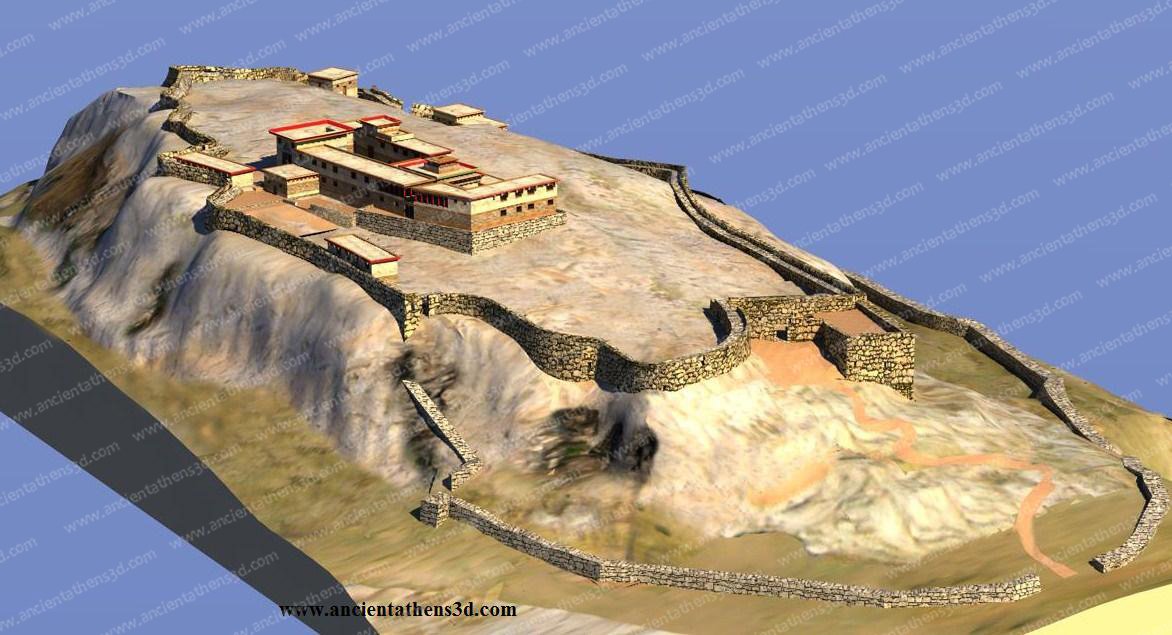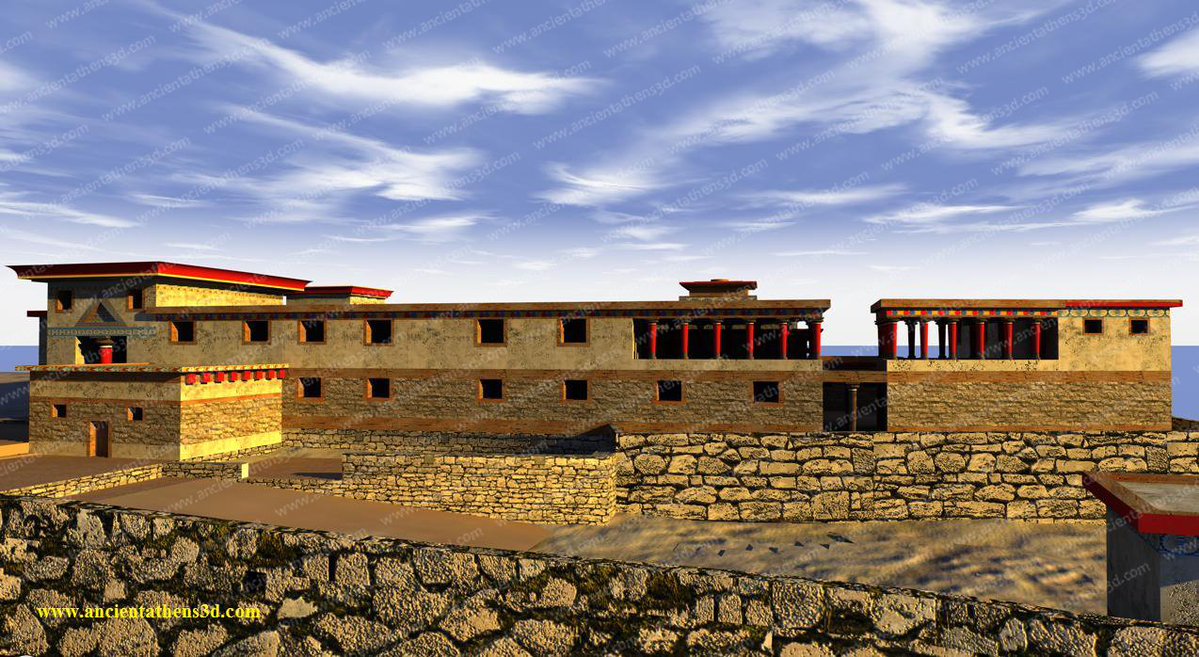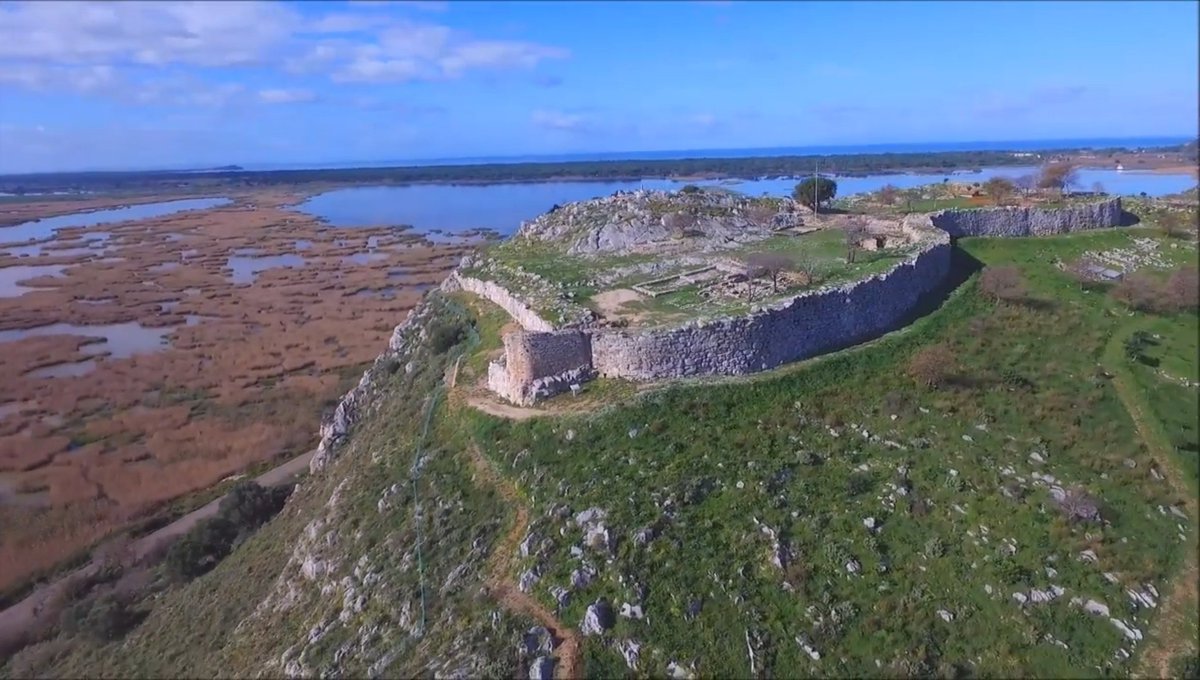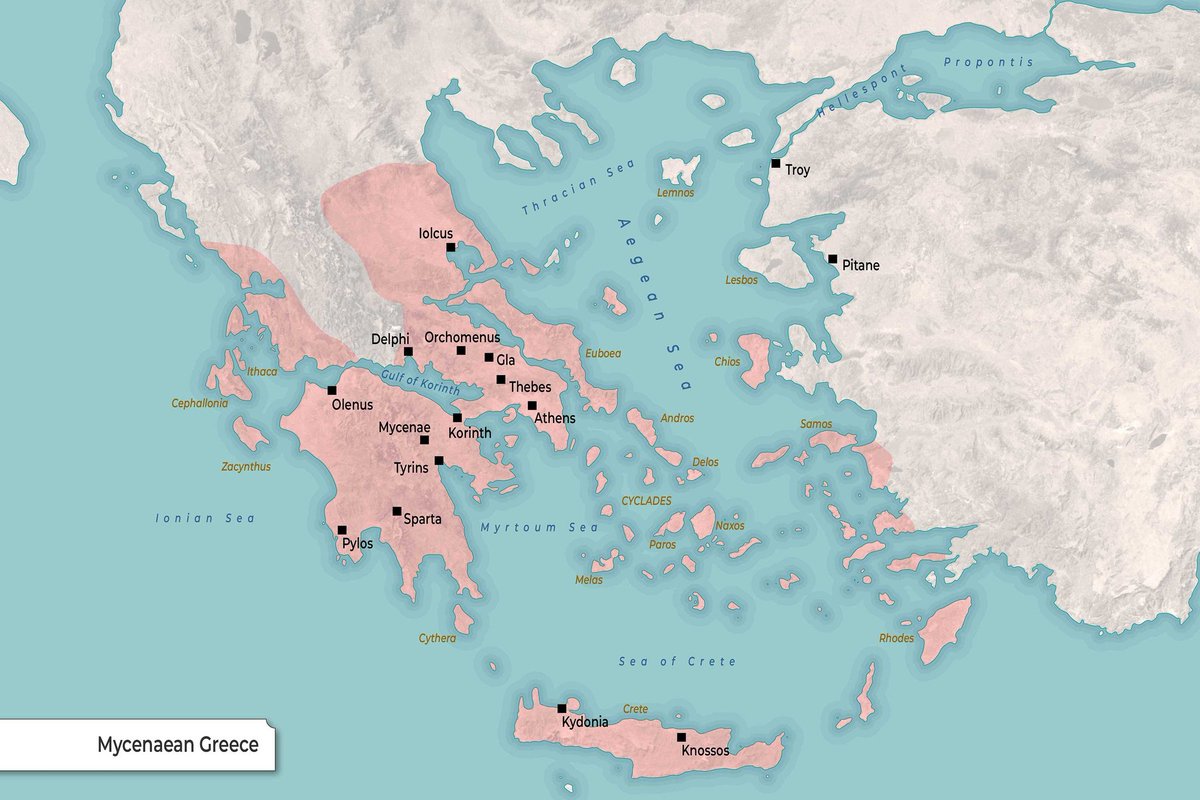1/ The Hoplitodromos was an ancient Greek footrace with the athletes wearing defensive armor and covering a distance of two stadium (about 400 meters). It first appeared at the Olympic Games in 520 BC, and was traditionally the last running event of the program. 

2/The athletes wore a shield slung over their left arm,a helmet on their head and greaves on their legs with the total weight they carried reaching 50 kg. With the end of this race,the crier trumpeted the end of the truce, declaring that the young people could take up arms again. 

3/ Around the origin of the Hoplitodromos there is a series of myths and folk traditions, which connect it with the hoplite fighter, which explains its great popularity among the Ancient Greeks, each time constituting a funeral race in honor of an important deceased hero-warrior. 

4/ The evidence shows that the Hoplitodromos must have appeared long before its introduction into the Olympic Games program (probably in a very early form), ➡️ 

➡️ but it gained wide appeal when warriors began to have fewer opportunities for heroic feats on the battlefield, seeking to win athletic kleos in athletic competitions and with it eternal glory. 

• • •
Missing some Tweet in this thread? You can try to
force a refresh






